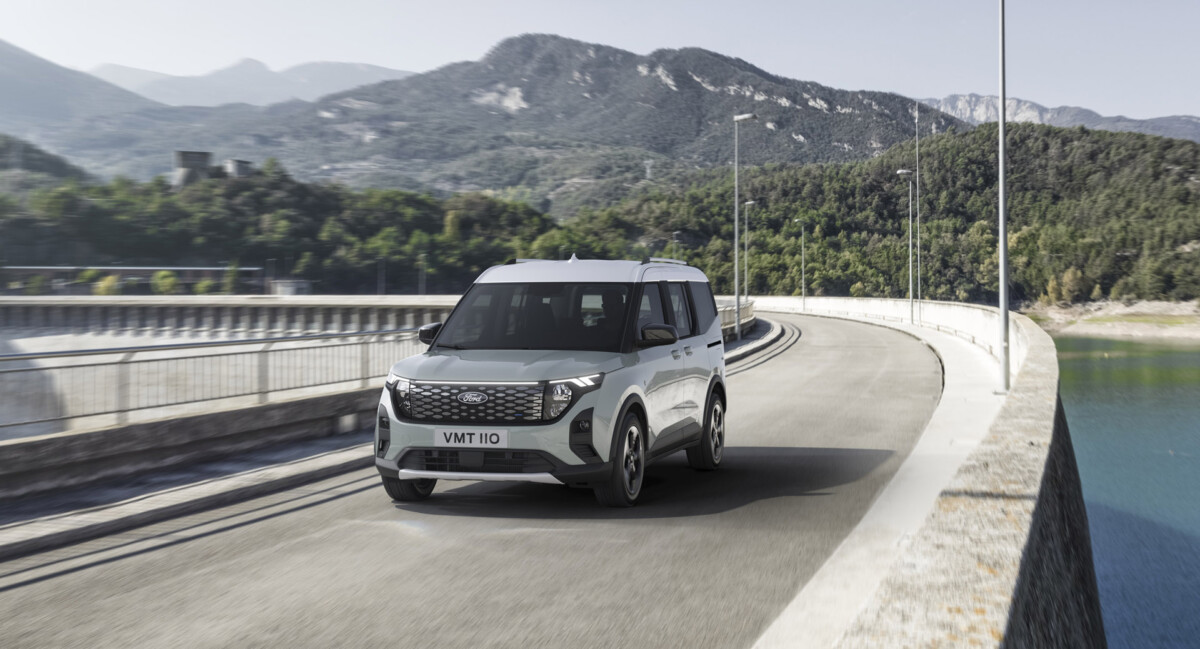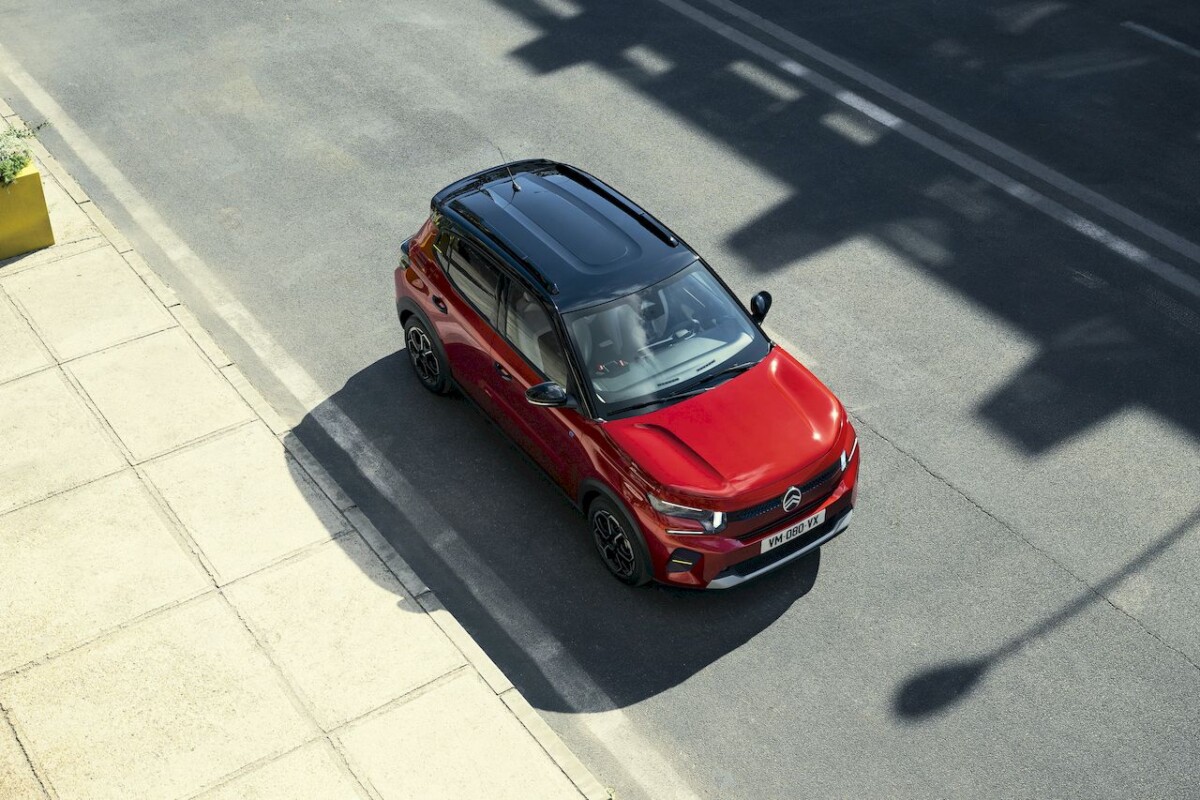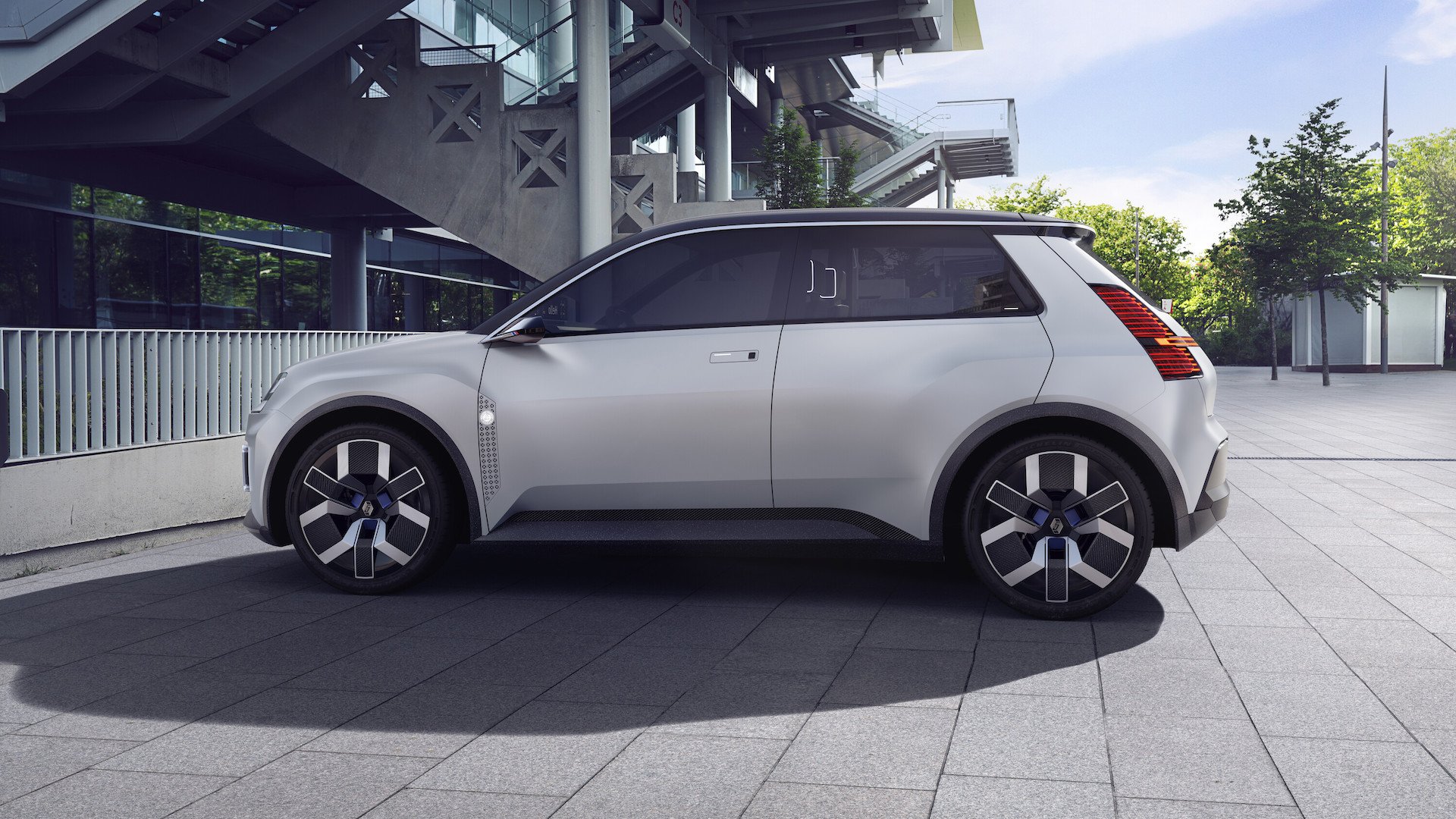While price remains the main obstacle to purchasing electric cars, the solution would be to reduce the size of the battery. And several manufacturers have already understood this well. Notably the former boss of Aston Marton and father of the Nissan Leaf.
Sales of electric cars continue to grow around the world. So much so that they have even overtaken diesels in France and Europe in recent months. But there is still one point that blocks some motorists: the price. In fact, zero-emission models cost even more than their thermal equivalents. But that should change.
A known solution
And for good reason, specialists are counting on parity by the end of the decade, first for small cars. But how can manufacturers reduce the price of their electric cars, when they are still inaccessible to the most modest, who can however turn to social leasing? To find out, journalists from the British site Coach spoke with Andy Palmer, former chief operating officer at Nissan who notably worked on the launch of the Leaf in 2011 as COO (operations manager).
And for the latter, the secret to sustainably reducing the price of zero-emission (exhaust) cars is to choose a smaller battery. According to him, the ideal would be to opt for a 24 kWh pack, the capacity of that of the Leaf when it debuted. With a kWh currently displayed at 140 euros, this would give around 3,360 euros for the battery. However, we know that this element can represent around 40% of the price of an electric car such as the Renault Mégane E-Tech.

By opting for a small capacity, it would be entirely possible to market a car around 20,000 euros, while making money. For the specialist, “ the solution to reducing the price of electric vehicles is not to wait for technologies to evolve, nor to play with chemistry. It’s just a matter of using a smaller battery“. This is also what several manufacturers have chosen to do, including Ford.
The firm recently unveiled its e-Tourneo Courier, which should feature a small battery of only 55 kWh, the same one that will equip the future electric Puma planned for 2025. But the firm is not the only one to adopt this strategy, since it This is also the case for Renault. Luca de Meo believed that the solution was to choose smaller accumulators. This should be the case on the future R5 E-Tech.
What about recharging?
Especially since we had already explained previously that large batteries do not only have advantages, since they increase the weight of cars, and therefore their consumption. Which ultimately harms autonomy. But small accumulators do not allow you to go very far either, which can worry drivers since autonomy also remains a subject of fear.
This is why it is essential that the reduction in battery size goes hand in hand with an increase in the number of charging stations. In France, there are already more than 100,000, but this is still insufficient. According to Andy Palmer, no less than 15 million are needed worldwide. For David Greenwood, expert in advanced propulsion systems at Warwick Manufacturing Group also interviewed by Autocar, the charging experience also needs to be improved.

For him, the ideal solution would be to put in place “ Bookable charging slots, paid in advance and linked to license plate recognition“. This would reassure users and make it acceptable to buy an electric car with the range would be only 200 kilometers. This contrasts with the desires of motorists, who ask for at least 400 kilometers. While we know that this is a mistake, provided you can quickly recharge your car. There is talk of 10 minutes from 2024 in China.
Drastically dropping prices would be entirely possible in Europe, while in China, the cheapest electric car is priced at 3,772 euros with its tiny 9 kWh battery. In Europe, the Dacia Spring is currently the most affordable, but other alternatives will soon arrive, including the Citroën ë-C3 and the Volkswagen ID.2. An ID.1 for less than 20,000 euros would also be in preparation.
